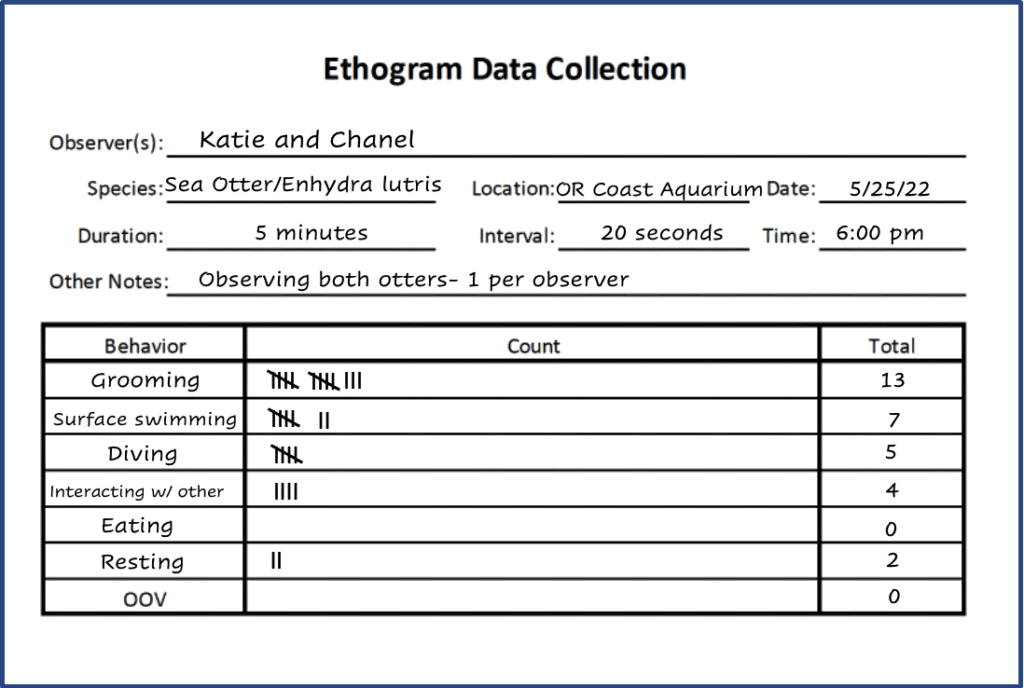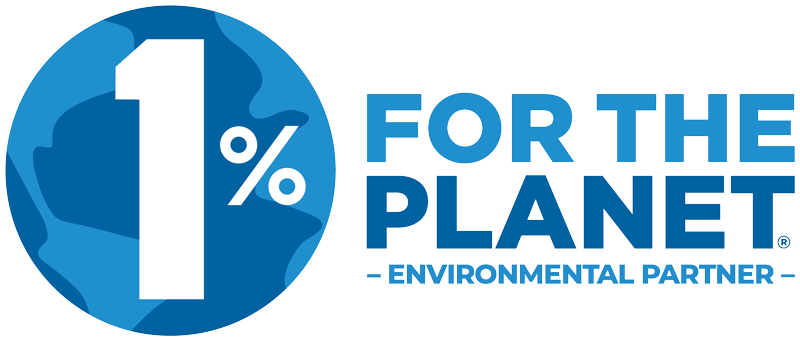Written by Elakha Alliance Board Member: Katie Russell
On Thursday, May 26th, I was able to join the young scientists of Eugene’s 4J high schools at the 10th annual Women in Science and Engineering (WISE) Symposium at Churchill High School. At this symposium, 8th-12th graders in Lane County joined local scientists and conservation groups to learn about this year’s theme—Pacific Northwest Climate Change: From our Forests to our Oceans.
Rather than just telling the students what the Elakha Alliance and other marine mammal conservation groups do, I helped them design their own observational studies. We began the workshop by discussing the goals of the Elakha Alliance and the importance of kelp forest ecosystems as a natural climate solution. Next, we had a broad conversation about the information we needed to gather to ensure we were setting future sea otters up for success. Finally, we focused on understanding the energetic needs of sea otters and their natural behaviors.
For our experiment, we designed and conducted ethograms. An ethogram is a catalog or table of different animal behaviors observed in a set period. Ethograms can be used to study animals in the wild or human care and help track things like the prevalence of certain behaviors, social interactions, behavior changes in response to new conditions, and establish a baseline to approximate energy expenditure. To complete a successful ethogram, the students used one of the most important skills all scientists practice—careful and close observation.
In a few years, these young scientists will hopefully be able to conduct ethograms on wild sea otter populations, but for this workshop, we studied otters using the exhibit live streams from the Oregon Coast Aquarium, Monterey Bay Aquarium, and the Georgia Aquarium. First, students chose six behaviors they were going to be tracking. Then they formed hypotheses about which behaviors they thought would occur most frequently—some predicted that otters would be mostly resting because we were observing them later at night. Some thought they would see grooming the most after learning how otters need to work hard to maintain their fur to stay warm. Once they formed their hypothesis, we got to work making close observations!

We set our experiment duration for 5 minutes, with students recording behaviors every 20 seconds. I helped as a timekeeper so they could focus on their study, letting them know to make a tally next to the behavior occurring exactly at that 20-second mark. After collecting all their data, students analyzed it to see which behavior occurred most frequently. It was great to hear students comparing their results and discussing the differences between what they observed across the three aquariums. The most observed behaviors were grooming, swimming, and resting across all observations. My favorite observation of the night was, “I knew otters were cute, but I didn’t know they were THIS cute!”

